The trend of traveling less but for longer
The combination of higher travel costs, increased awareness of environmental impacts and a trend towards domestic travel has shifted traveler priorities from taking more trips to taking fewer trips but with longer, more meaningful experiences. Compared to 2019, short trips (1-3 nights) were down 4% compared to medium trips (4-13 nights) and long trips (over 14 nights). This is good news for destinations looking to attract more responsible travellers and promote low-carbon tourism.
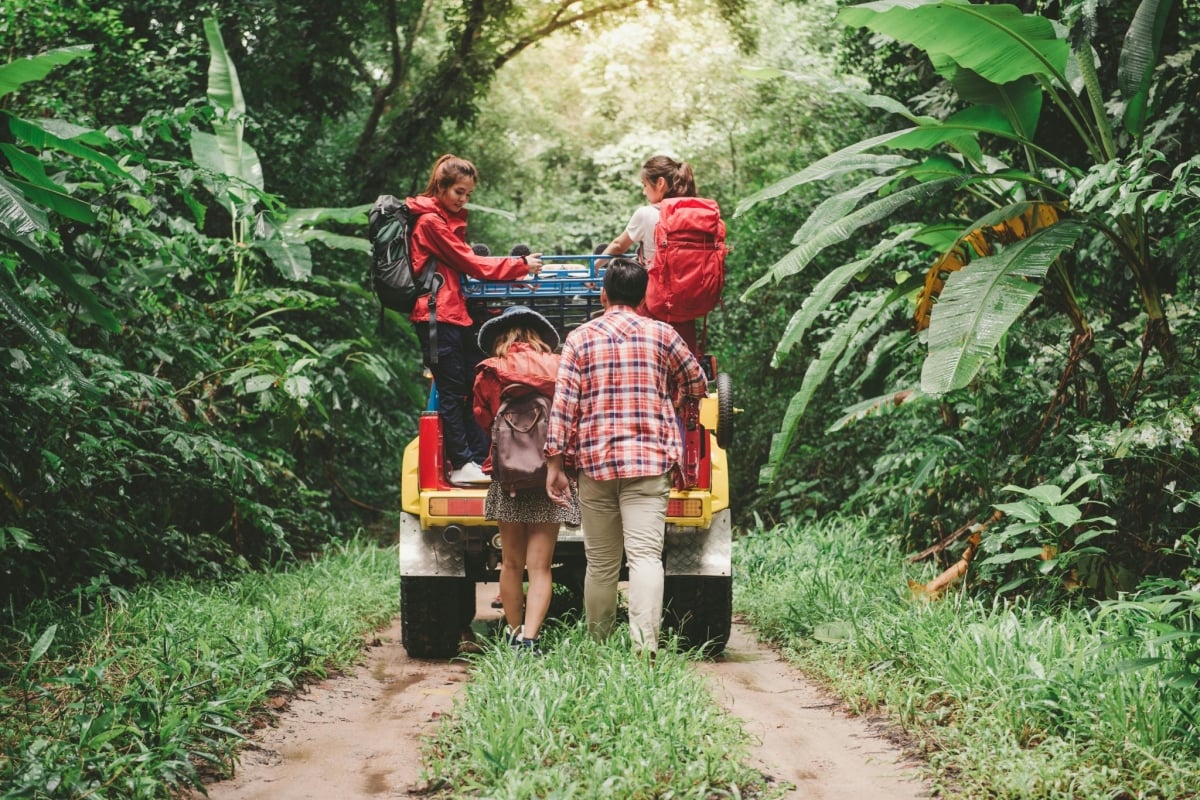
Tourists bond more with each other
For many travelers, experiencing things together is important, as evidenced by the resilience of family group travel, which consists of three to five passengers traveling together. Compared to 2019, this segment has recovered the fastest across all regions globally, especially in the Americas. Despite a slower recovery, couples are the second fastest recovering segment across all regions, behind only families in Asia-Pacific and the Americas.
Luxury travel recovers quickly
In Asia-Pacific, the recovery in luxury experiences has outpaced the recovery in conventional travel options – partly due to the “revenge travel” effect. But in the Americas and the Middle East and Africa, where revenge travel has already passed, the recovery in luxury cabins has been better than economy. This suggests that even with cost-of-living concerns, high-income travelers can withstand the pressure on prices.

Flexible working and off-season travel
Traditionally, travel seasons are tied to work or school schedules, in addition to climate and weather, leading to predictions of peak and low seasons in the travel industry. However, as remote work or flexible arrangements have become more common, some groups of travelers have found the freedom to travel year-round, allowing them to take advantage of lower off-season rates and less crowded destinations. For example, in 2023, the US couple travel segment is expected to outperform the typical summer peaks from January to May and September to December.
Decide faster about your trip
Now that travel restrictions have lifted, booking behavior is back on track, and consumer confidence is back on track. Booking platforms in Europe, the Middle East and Africa are seeing similar behavior to pre-pandemic. The time it takes travelers to plan a trip in 2023 is similar to 2019. However, in Asia Pacific and the Americas, the recovery has slowed slightly – largely due to pricing pressures. The average time it takes to consider a trip in each region is still about five days longer than pre-pandemic, although the overall trend is stable.

Digital transformation is the future of tourism
During the COVID-19 pandemic, there has been a major shift in customers booking directly through airlines. In 2023, although many travelers still book directly, the balance is gradually being rebalanced, with growth in bookings through travel agents in 2022. This is a positive sign, but at this time the prospect of restoring pre-pandemic market share is still unclear for travel agents. It is clear that online travel platforms are recovering better than their traditional competitors - the travel companies on the high streets. Technology trends and online commerce will have a huge impact on the travel market.
Climate change and tourism
Despite the extreme temperatures, wildfires and floods experienced in the Northern Hemisphere in the summer of 2023, climate-related events have so far had little impact on tourism. Events such as the wildfires on the island of Rhodes, while devastating, returned to normal within a month.
However, in the long term, tourist tastes are expected to be significantly impacted by climate change, as rising temperatures may reduce summer demand in hot destinations and cooler areas will become more attractive.
Source



![[Photo] National Assembly Chairman Tran Thanh Man meets with outstanding workers in the oil and gas industry](https://vstatic.vietnam.vn/vietnam/resource/IMAGE/2025/4/17/1d0de4026b75434ab34279624db7ee4a)
![[Photo] Closing of the 4th Summit of the Partnership for Green Growth and the Global Goals](https://vstatic.vietnam.vn/vietnam/resource/IMAGE/2025/4/17/c0a0df9852c84e58be0a8b939189c85a)

![[Photo] Promoting friendship, solidarity and cooperation between the armies and people of the two countries](https://vstatic.vietnam.vn/vietnam/resource/IMAGE/2025/4/17/0c4d087864f14092aed77252590b6bae)
![[Photo] Nhan Dan Newspaper announces the project "Love Vietnam so much"](https://vstatic.vietnam.vn/vietnam/resource/IMAGE/2025/4/17/362f882012d3432783fc92fab1b3e980)
![[Photo] General Secretary To Lam receives French Ambassador to Vietnam Olivier Brochet](https://vstatic.vietnam.vn/vietnam/resource/IMAGE/2025/4/17/49224f0f12e84b66a73b17eb251f7278)






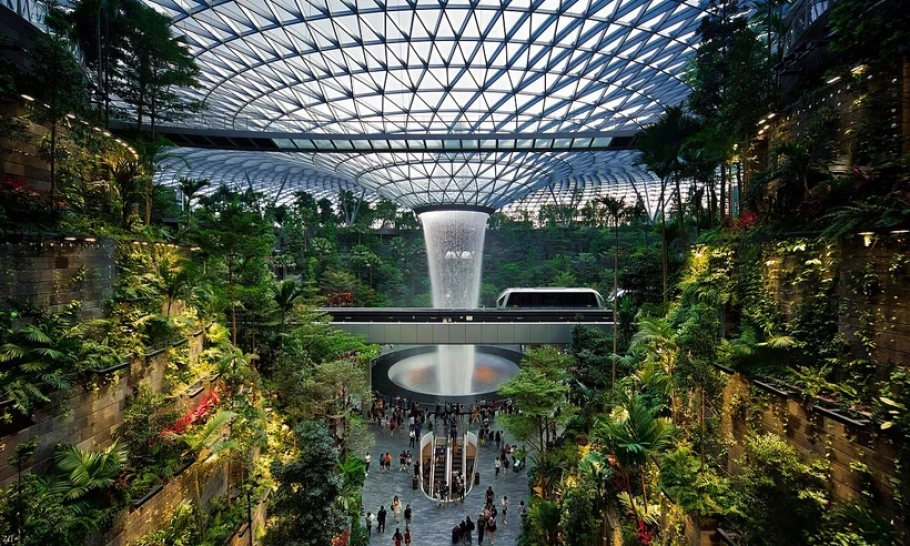




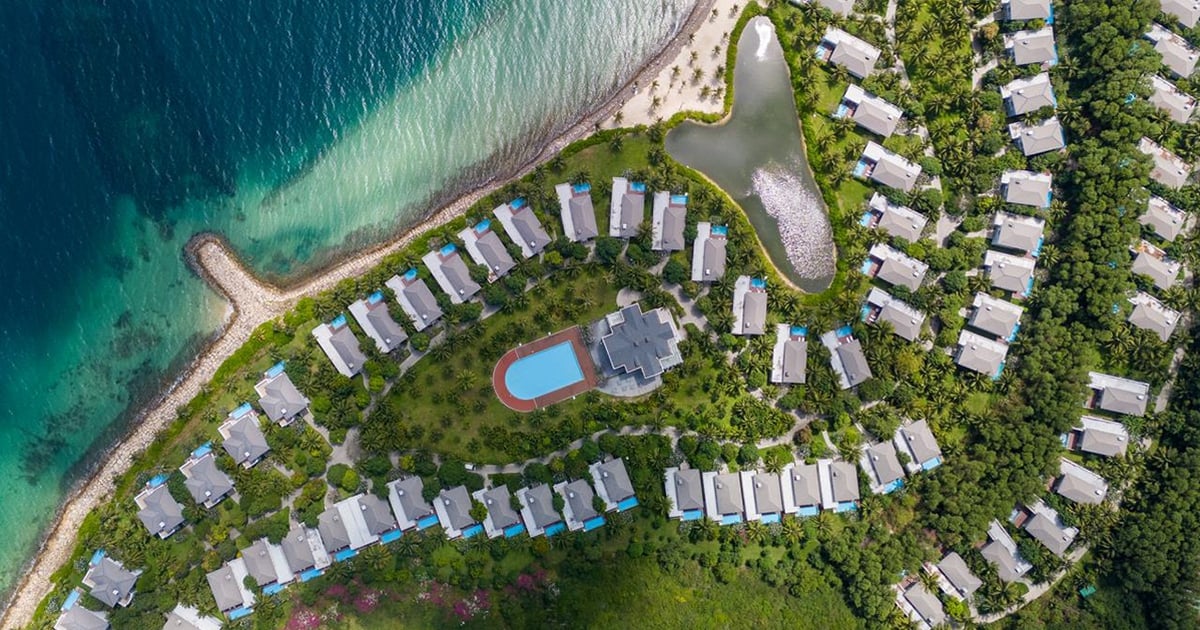

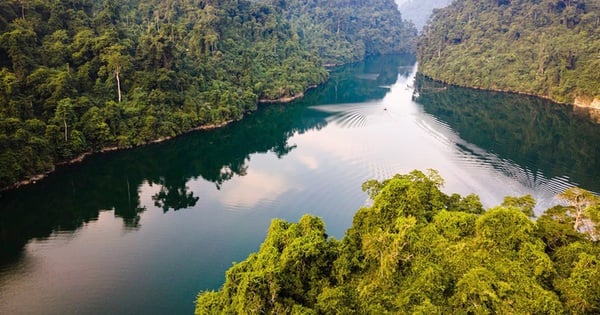







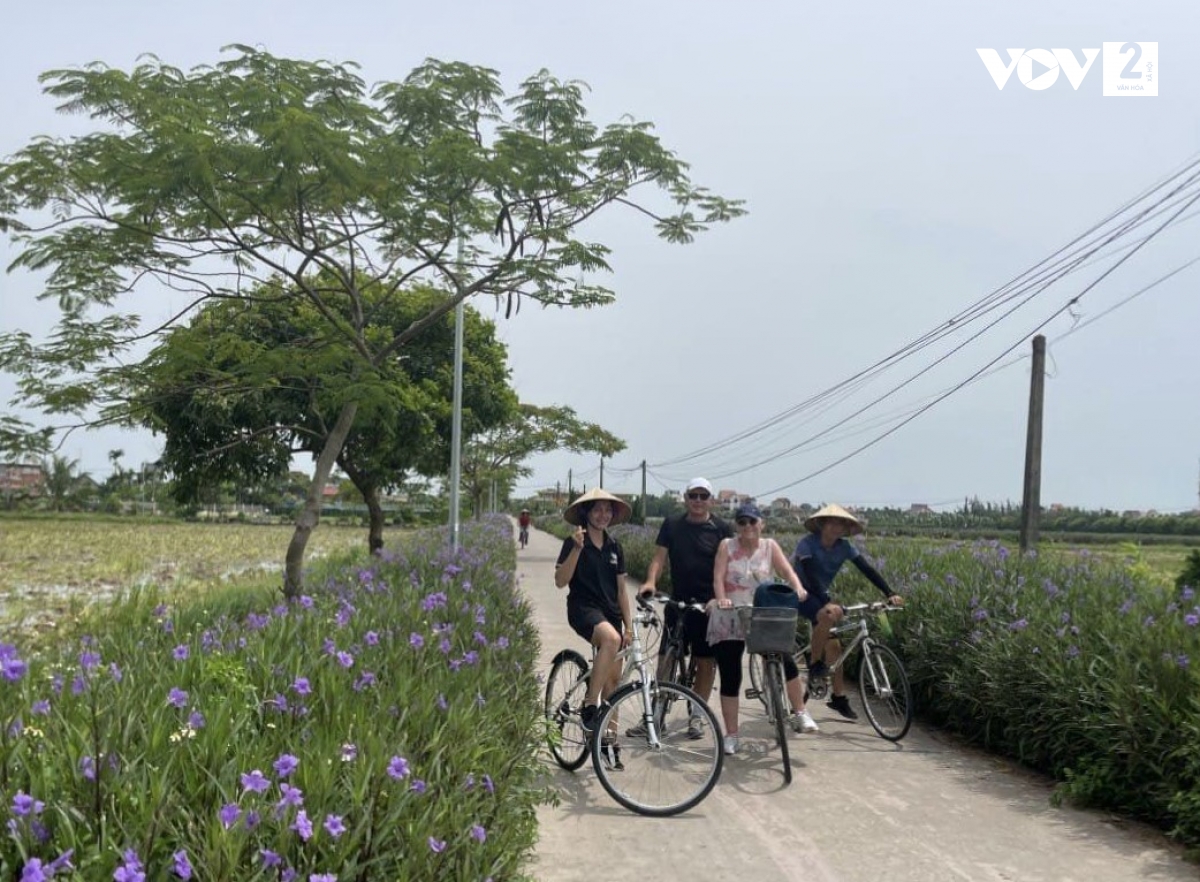



![[Photo] Welcoming ceremony for Chinese Defense Minister and delegation for friendship exchange](https://vstatic.vietnam.vn/vietnam/resource/IMAGE/2025/4/17/fadd533046594e5cacbb28de4c4d5655)


























![[Video] Viettel officially puts into operation the largest submarine optical cable line in Vietnam](https://vstatic.vietnam.vn/vietnam/resource/IMAGE/2025/4/17/f19008c6010c4a538cc422cb791ca0a1)

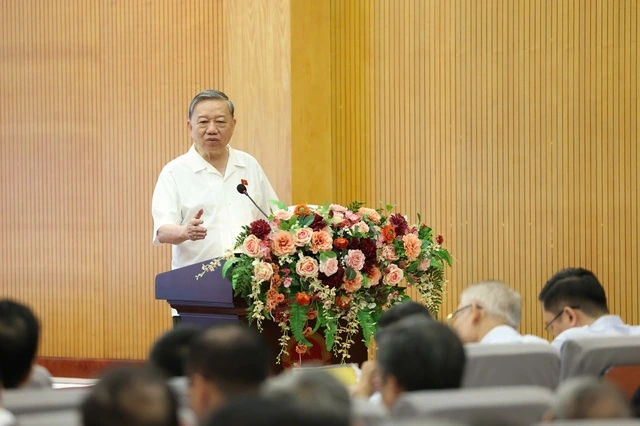



















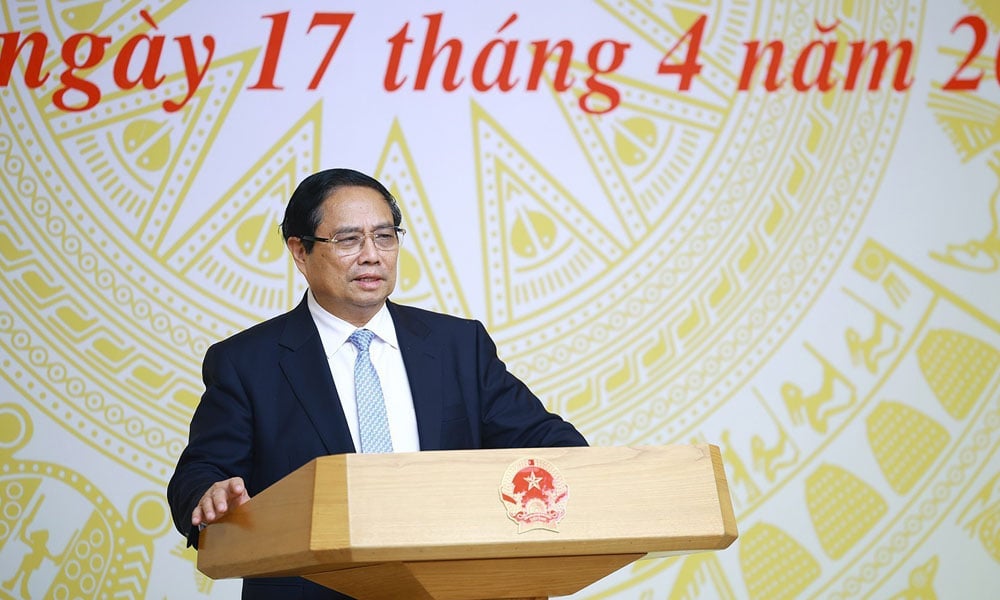

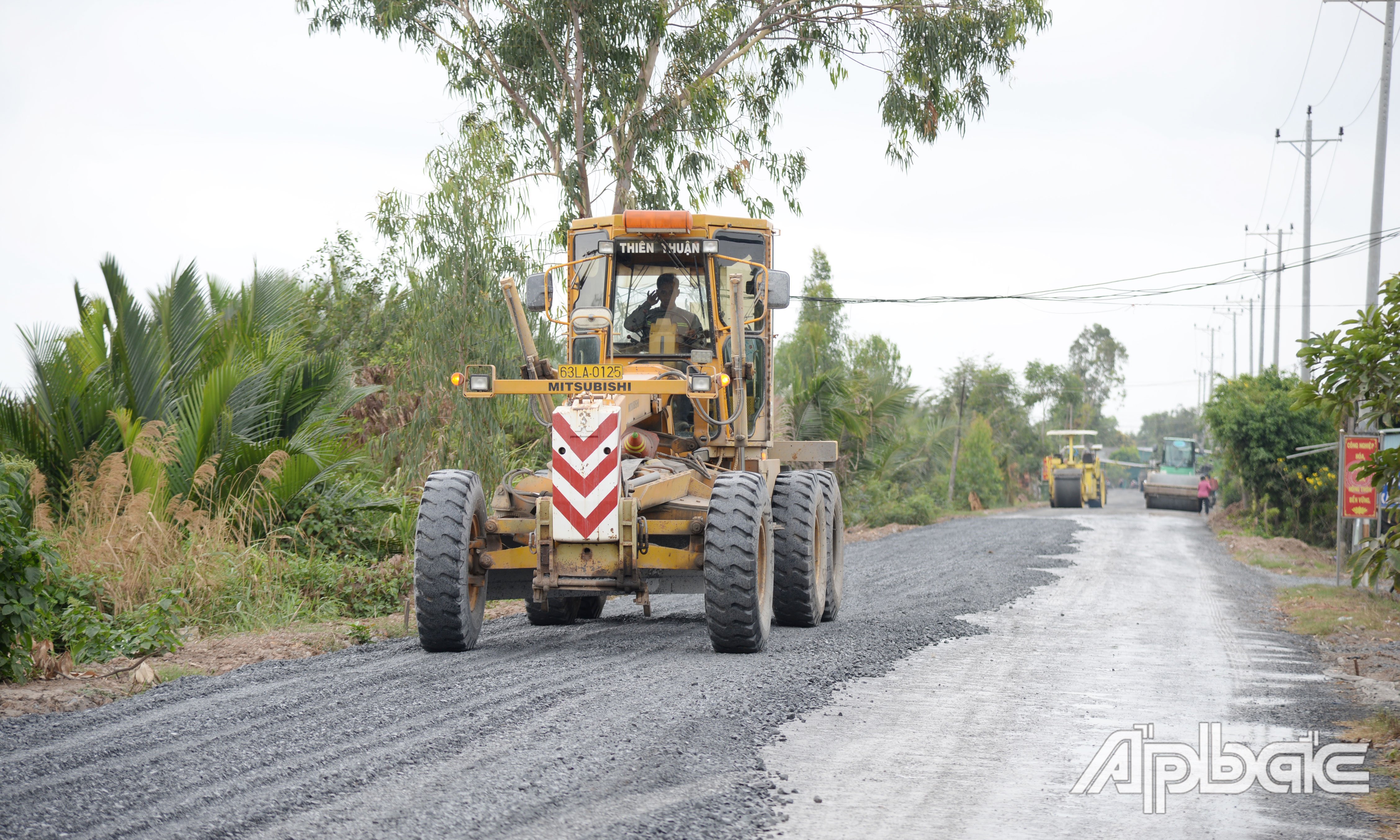












Comment (0)